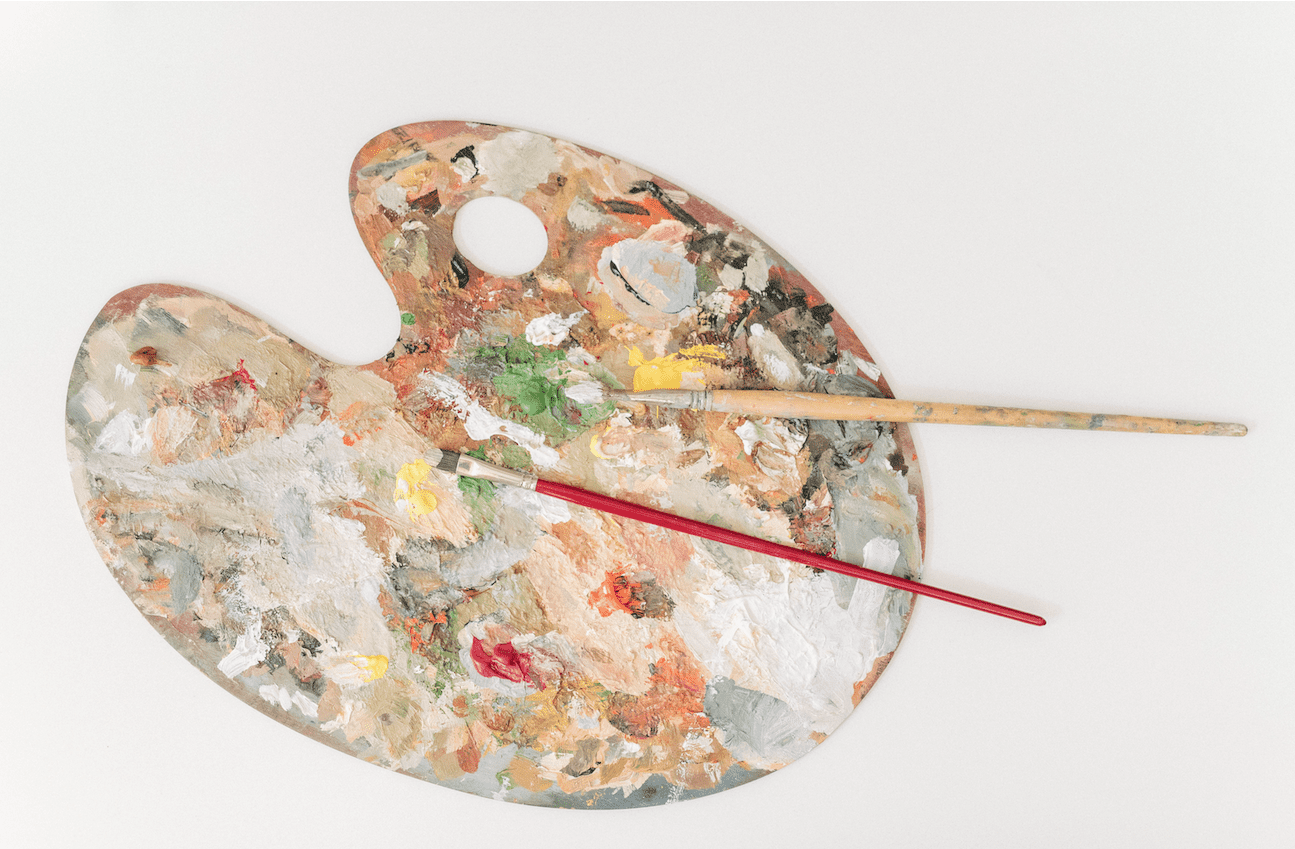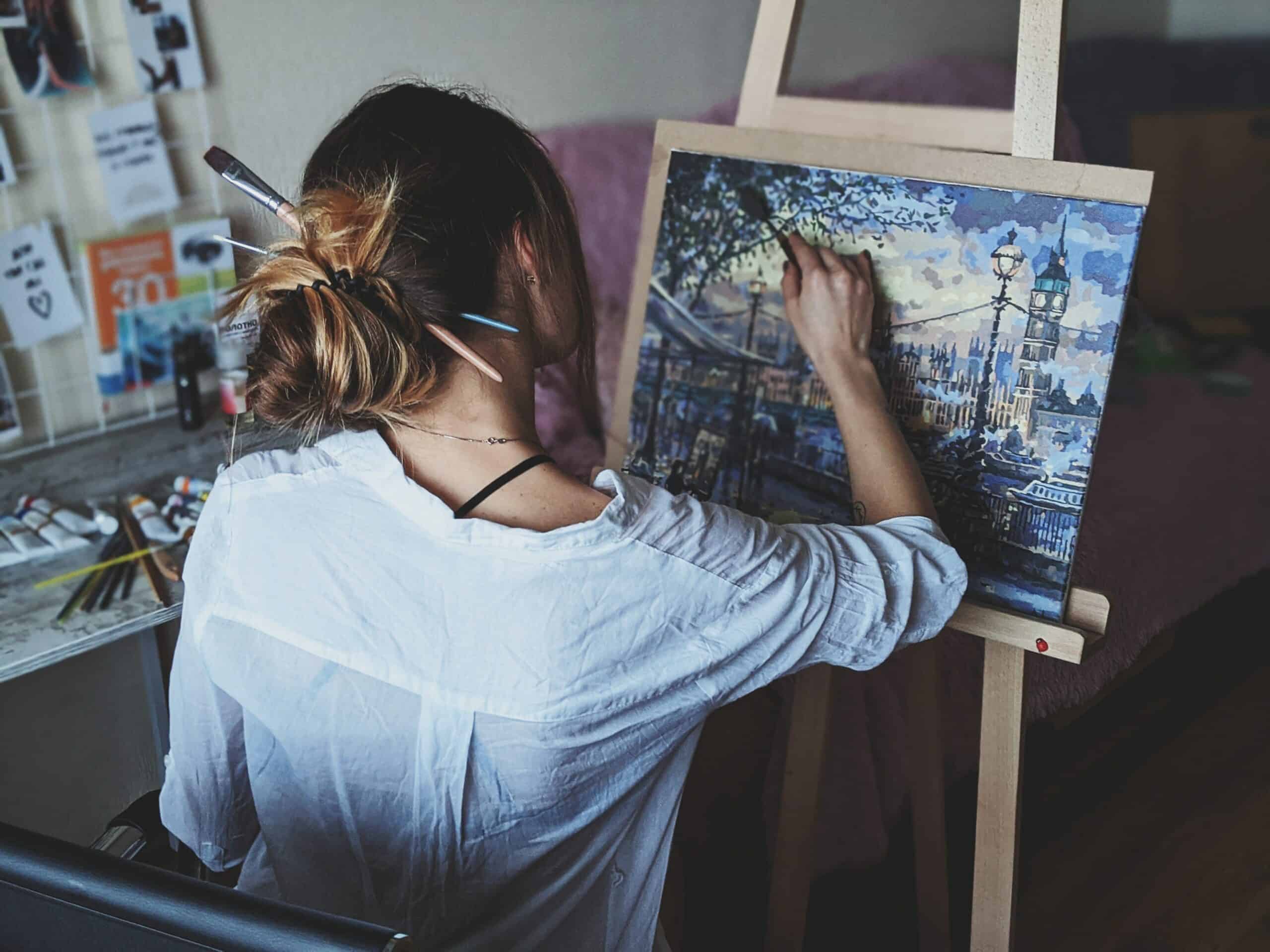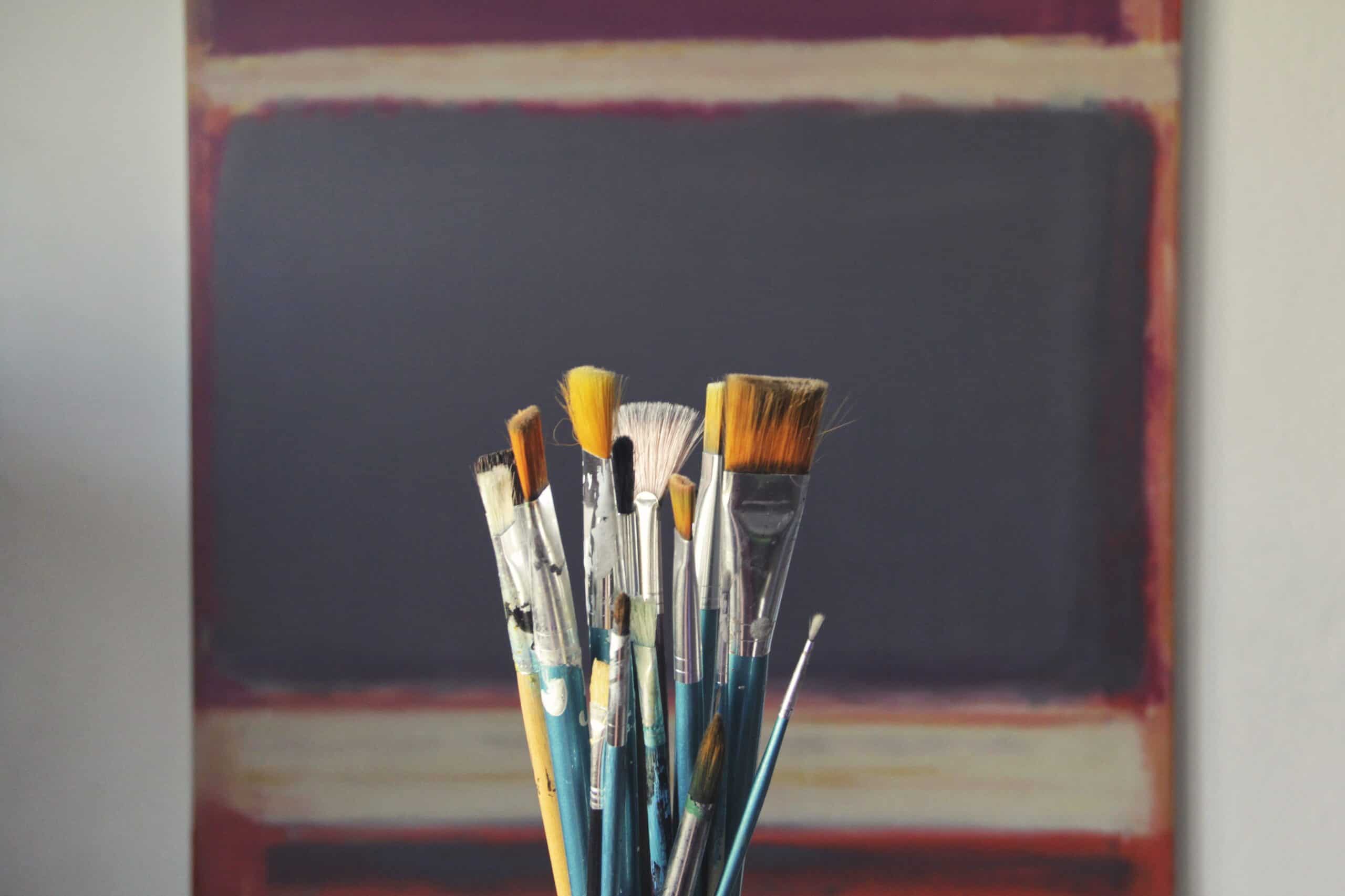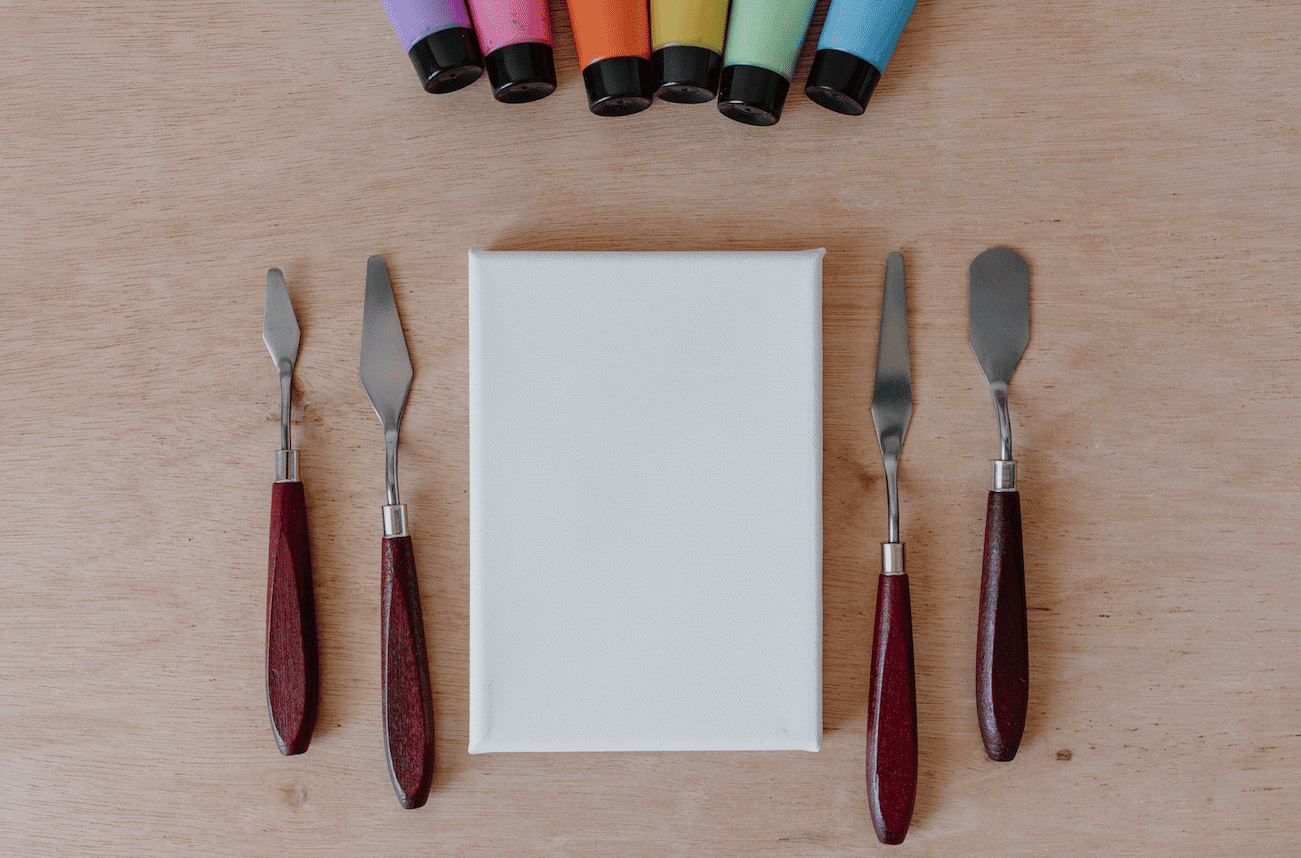Oil Painting Texture Techniques
Welcome to the world of oil painting! As an experienced artist and passionate advocate for the craft, I'm excited to share my knowledge of oil painting techniques and texture. The texture is a crucial element in creating beautiful artwork that stands out from the crowd. By mastering these techniques, you can add depth and dimension to your art pieces like never before.
The oil painting has been around since ancient times; it's one of the oldest forms of art still practiced today. Through trial and error and centuries of experimentation, painters have perfected ways to use a texture with oil paints that bring their creations alive. In this article, we'll explore some methods and tips you can utilize when adding texture to your paintings.
From brushstrokes and layering colors to blending pigments and using different mediums - there are so many options at your disposal as an artist. With practice and dedication, you can create stunning works of art that will leave viewers mesmerized by their beauty. Ready? Let's dive into exploring all the possibilities for achieving incredible textures!
Color Choices
Choosing the right colors is essential when it comes to painting a realistic and vivid image. To achieve this, you must understand how color works in oil paintings. Color can be used to create light, depth, shadow, contrast, and texture. When selecting your colors for an oil painting, consider the overall scheme of the piece as well as the individual elements that will make up the painting.
The primary colors red, yellow, and blue are fundamental for mixing other shades. You should also have some earth tones on hand such as browns or even black paint if needed. White paint is often added to lighten any hue so having white available is important too. Neutral shades like gray can help give balance to composition by providing a subtle backdrop for more vibrant hues.

Once you've gathered all your supplies and gotten familiar with basic color theory, experiment with different combinations until you find something that speaks to you! This process may take time but ultimately finding just the right blend of colors will bring life to your artwork. With these tools at your disposal, let's move on to blending techniques...
Blending Techniques

Blending is an essential technique in oil painting. It allows us to create subtle transitions between different colors and values, which can add a great deal of depth and realism to our work. I'm going to discuss two main types of blending techniques:
- Glazing -
- Transparent glazes are used to slowly build up layers of color while controlling the opacity. This helps you achieve more vibrant hues without muddying your palette.
- Opaque glazes are used for creating less transparent effects with higher levels of coverage or texture.
- Scumbling -
- This involves lightly dragging paint over a dry layer, creating a textured surface that looks like crumpled paper, distant mountains, and other natural features.
- You can also use scumbling as a way to introduce highlights by removing some of the underlying pigment from areas where light would be reflecting off the object you're representing.
No matter which type of blending you’re using, it takes practice to get the desired effect. If at first, you don’t succeed, keep trying! With patience and experimentation, you'll soon master this important skill and take your paintings to new heights. Now let's move on to brush strokes—the next essential element in oil painting techniques is texture...
Brush Strokes
When it comes to painting techniques, brush strokes are a timeless art form. They bring an extra layer of texture and motion to your masterpiece and can make your piece stand out from the crowd. From subtle swirls to bold sweeping movements, I'm here to give you the lowdown on how to use them in oil paintings!
Brush Strokes | Uses |
|---|---|
Accented Lines | Adding Contours/Outlines |
Cross-Hatchings | Creating Shadows & Textures |
Scumbling & Dry Brushing | Blending Colors & Creating Texture Effectively |
Back in the day when cavemen used charcoal for their drawings, they were already making lines and adding textures with sticks and stones. Nowadays, we have access to a plethora of tools that allow us to create unique brushstrokes like never before – but with each tool comes its own set of tips and tricks. For example, did you know that using different types of brushes will give you various results? A soft round brush is great for creating smooth transitions between colors while a flat brush can help add intricate details. Experimenting is key!

No matter which type of stroke or tool you use, however, there's one golden rule: practice makes perfect! Spend some time exploring the possibilities available so that when it comes down to painting, you'll be able to express yourself without hesitation! With all this information under your belt, let's take a look at glazing methods next!
Glazing Methods
Now that we've discussed the various brush strokes used in oil painting, let's move on to glazing methods. Glazing is a great way to add subtle detail and interesting textures to your work. It involves layering thin layers of color over each other with transparent mediums, allowing for greater control than regular opaque paints.
Here are some tips for successful glazing:
- Choose the right paint/medium combination:
- Oils – Use a fast-drying alkyd or stand oil as a base layer and then layer with traditional oils such as linseed, walnut, or poppy seed oils.
- Acrylics – Look for acrylic products that offer “glaze” properties like Golden High Flow Acrylics and Liquitex Gloss Heavy Body Medium.
- Watercolors – Use watercolor gesso or matte medium before applying multiple coats of different colors.
- Start with thin layers; gradually build up until you reach the desired effect. Be sure not to apply too much at once as this can create an uneven result.
- Take time between applications so that the previous layer has dried completely before adding another one on top.
This will help prevent any unwanted effects from occurring due to mixing wet and dry paint.
Glazing requires patience but it pays off when done correctly! When working with several thin layers, there is more room for experimentation since mistakes can easily be corrected by either wiping away excess paint or even starting over again if necessary.
With practice and experience, you'll soon find yourself creating beautiful works of art using these unique techniques!
Dry Brushing
Dry brushing is a great oil painting technique that can be used to add texture and depth to your paintings. It's an easy process that involves taking a dry brush, loaded with color, and lightly running it over the canvas in short strokes. This creates wonderful textured effects which are hard to achieve with any other method.
Technique | Advantages | Disadvantages |
|---|---|---|
Dry Brushing | Quick & Easy | Limited Control |
Blending | Smoother Textures | Time-Consuming |
Stippling | Creates Variety of Effects | Messy Process |
The main advantage of using this technique is its speed and ease - you don't have to mix colors or work for long periods. However, there is less control compared to more traditional methods such as blending or stippling; so if precision is important then these may be better options for you.
Using dry brushing on your artwork will give it a unique look, adding texture and depth without too much effort from the artist. With practice, you'll soon master this technique and begin creating beautiful pieces of art!
Moving onto sgraffito techniques now allows us to explore how we can create dynamic textures in our works by scratching into wet paint layers.
Sgraffito Techniques
Sgraffito techniques are an interesting and unique way to add texture to your oil paintings. It's a method of scratching the surface of wet paint or applying layers of colored glazes over each other, then scraping back parts of it with sharp tools to reveal different colors underneath. With this technique, you can create beautiful patterns and textures. Here are some tips for using sgraffito in your oil painting:
- Start by drawing out the design on paper before transferring it onto the canvas. This will help you make sure that everything is even and symmetrical before beginning the actual work.
- When you begin, use thin layers of paint so you don't have too much buildup to scrape off later. If possible, mix several shades to give yourself more options when creating depth and dimension with your strokes.
- Use different types of tools such as combs, razors, or toothpicks to achieve varying levels of detail in your design. Experimentation is key here!
Overall, sgraffito can be used creatively in many ways within oil painting - from subtle shading effects to bold graphic designs. Understanding how this technique works will help you take your artwork further than ever before!

Conclusion
As an oil painting techniques texture expert, I can say with confidence that the six methods you’ve explored today have given you a great foundation on which to build your unique style of texturing. With careful consideration of color choices, blending techniques, brush strokes, glazing methods, dry brushing, and sgraffito techniques, you now possess all the tools needed to create mesmerizing textures in any artwork.
The most important thing to remember when creating these works is practice! As with anything worth mastering, it takes time to perfect each technique and develop your style. It may take some trial and error but eventually, you will find yourself able to produce stunning pieces of art from something as simple as paint and canvas.
So get out there, pick up some supplies, and start experimenting. Who knows where this journey could lead? The possibilities are endless so get ready for a wild ride full of exciting discoveries!






